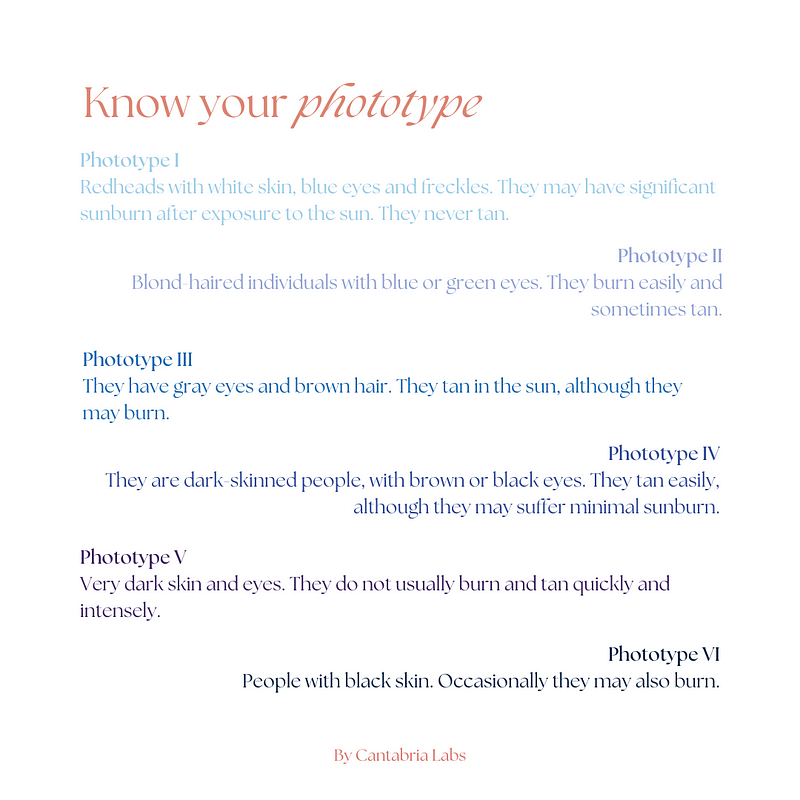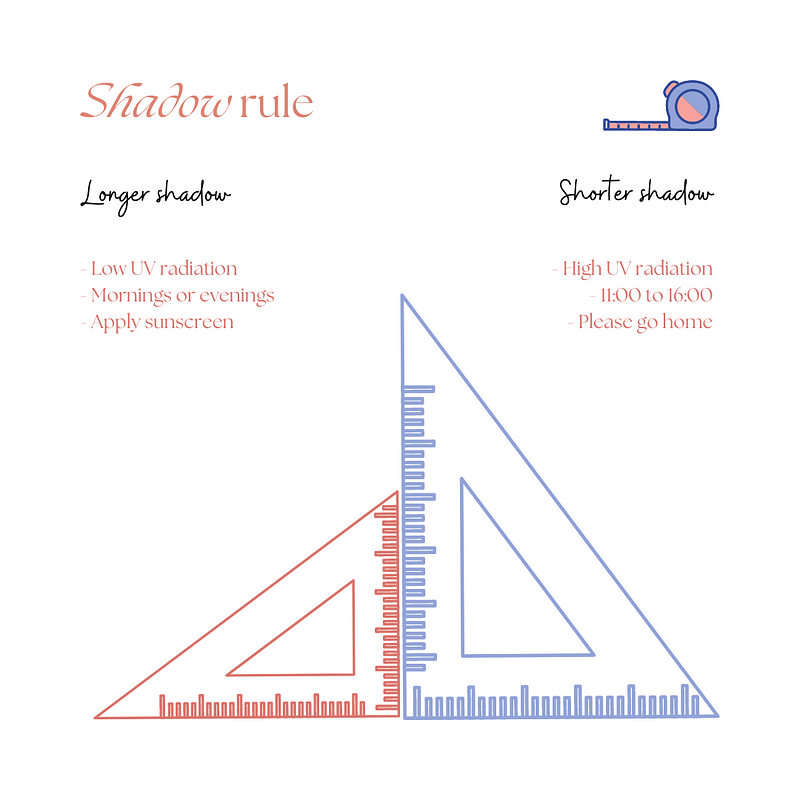# Essential Summer Skin Care Tips to Prevent Skin Cancer
Written on
Chapter 1: Understanding Skin Cancer Risks
Are you aware of how to properly care for your skin during the summer months?

Image credit: Author
Globally, skin cancers account for one-third of all diagnosed cancers. In the United States alone, one in five individuals will develop some form of skin cancer. These statistics are alarming and continue to rise. The World Health Organization reports that annually, 2–3 million individuals are diagnosed with some type of skin cancer. In light of this, I have created a comprehensive summer guide filled with essential information to help you stay healthy during this beloved season.
Guidelines for Summer Skin Care
- What is SPF?
- Understanding the Protection Factor
- Types of UV Protection: UVA and UVB
- Optimal UV Exposure for a Tan
- How to Prepare Your Skin for Sun Exposure
- Post-Sun Care Tips
#### What is SPF?
SPF, or Sun Protection Factor, quantifies how much UV radiation is necessary to cause a sunburn on protected skin. Essentially, a higher SPF indicates a lower likelihood of sunburn. While this is common knowledge, what’s often overlooked is the concept of skin phototypes.
The term "phototype" was introduced in 1957 by Dr. Thomas B. Fitzpatrick, a dermatologist from Harvard. He categorized skin into six distinct types:

Image credit: Author
For instance, a person with Type I skin (the lightest) can be in the sun for about 10 minutes without burning. In an ideal scenario, this individual could theoretically remain in the sun for 150 minutes with a sunscreen of SPF 15. However, we do not live in a perfect world. Factors like sweating, swimming, and towel use can diminish sunscreen effectiveness, necessitating frequent reapplication—at least every two hours.
#### Types of UV Protection
UV stands for ultraviolet, which refers to the sun’s radiation. But what do the letters A and B represent?
UVA: These rays have lower energy and account for 95% of total UV radiation, penetrating deep into the dermis (the skin's middle layer). They are primarily responsible for skin aging and the formation of wrinkles and dark spots.
UVB: Representing only 5% of total UV radiation, UVB rays are more energetic but only reach the epidermis (the outer layer of the skin). They are primarily responsible for activating melanin and causing sunburn.
#### Finding the Perfect UV Index for Tanning
Many people check the UV index before heading to the beach or pool. Did you know the iPhone weather app provides this information? The amount of solar energy absorbed by your skin varies throughout the day. For example, one hour of sun exposure at 9:00 AM equates to about 15 minutes at 1:00 PM, according to the FDA.
For those with lighter skin, an exposure of one hour at a UV index of 1–3 can result in sunburn.
Quick Tip: Always apply sunscreen, even on cloudy days—UV rays can penetrate through clouds.

Image credit: Author
Preparing Your Skin for Sun Exposure
To truly enjoy your time in the sun, proper skin preparation is essential. Here are some tips:
- Exfoliate: Remove dead skin cells prior to sun exposure to allow for an even tan. However, avoid exfoliating immediately before sunbathing.
- Hydrate: Keep your skin hydrated both externally and internally.
- Vitamin C: Incorporate this powerful antioxidant to combat free radicals generated by UVA exposure.
- Sunscreen: Choose an appropriate sunscreen for your skin type.
- Melanin Booster Pills: Consider these supplements a month before and after sun exposure to prolong your tan.
- Sunglasses: Don’t forget to pack sunglasses. They protect your eyes, which can also suffer from sunburn.
After-Sun Care
What you do after sun exposure is just as critical as your pre-sun care. Here are some after-sun tips:
- Shower: Rinse off sweat and sunscreen.
- Use Aftersun Products: Choose products with anti-inflammatory and soothing properties, like aloe vera.
- Stay Hydrated: Drink plenty of water.
Thank you for taking the time to read this guide! I hope the information shared here helps you enjoy a safe and healthy summer. If you have any additional tips or insights, feel free to share!
Chapter 2: Expert Advice on Summer Skin Care
In the video titled "Dermatologist's Guide to Total Sun Protection," you’ll find valuable insights on essential sun protection items including UPF clothing, hats, and sunscreens.
The second video, "Dermatologist Shares the Dos and Don'ts of Summer Skin Care," provides a wealth of practical advice for maintaining healthy skin during the summer months.